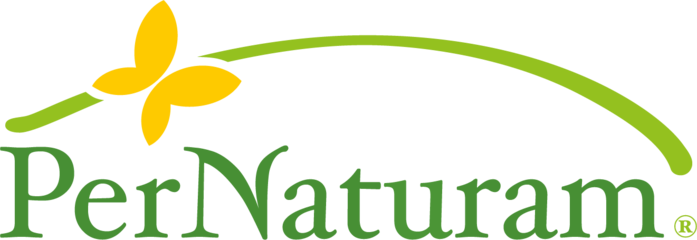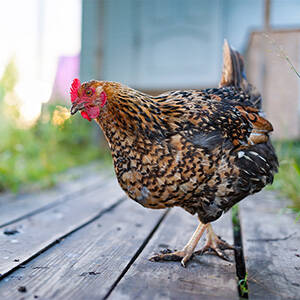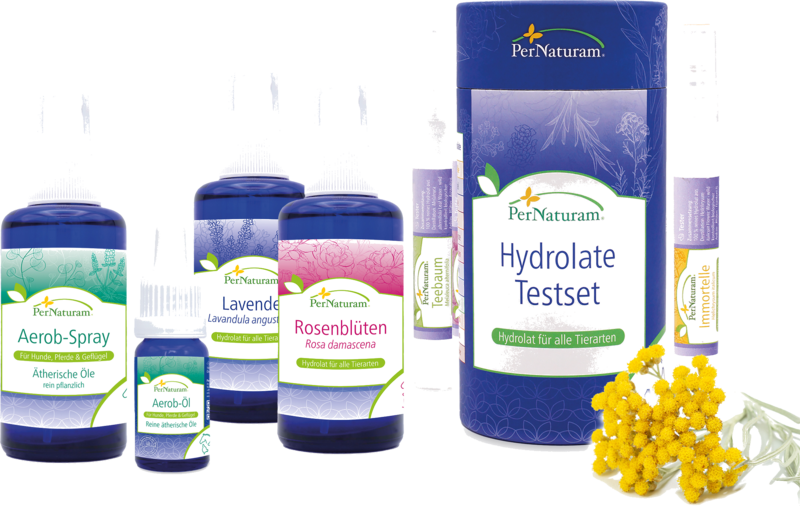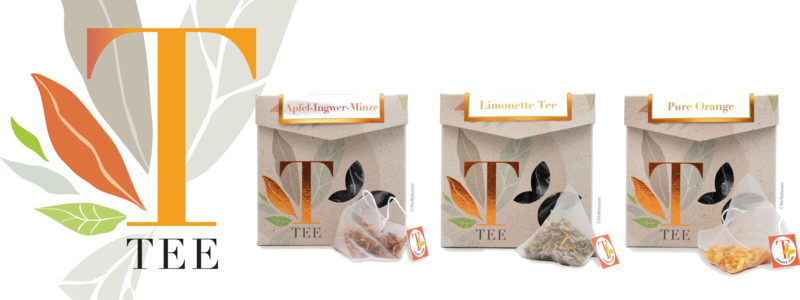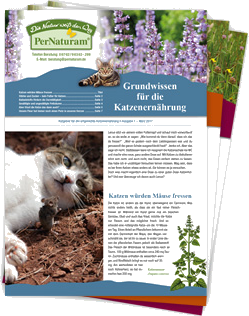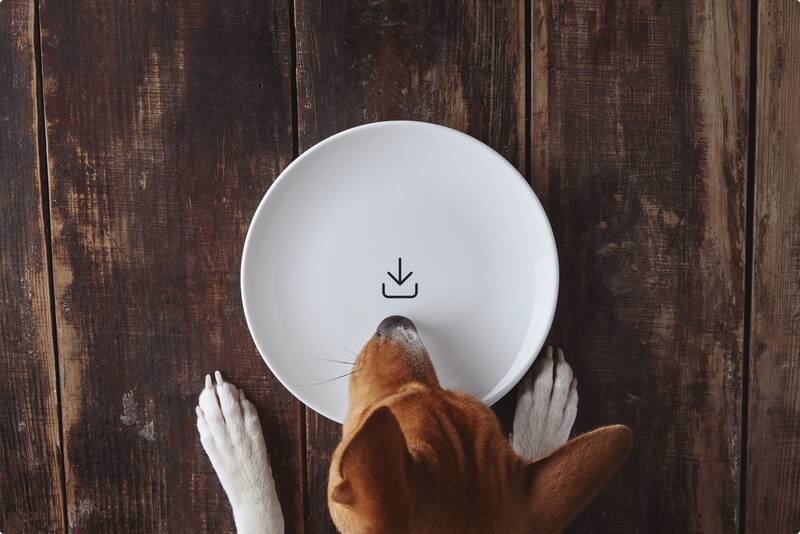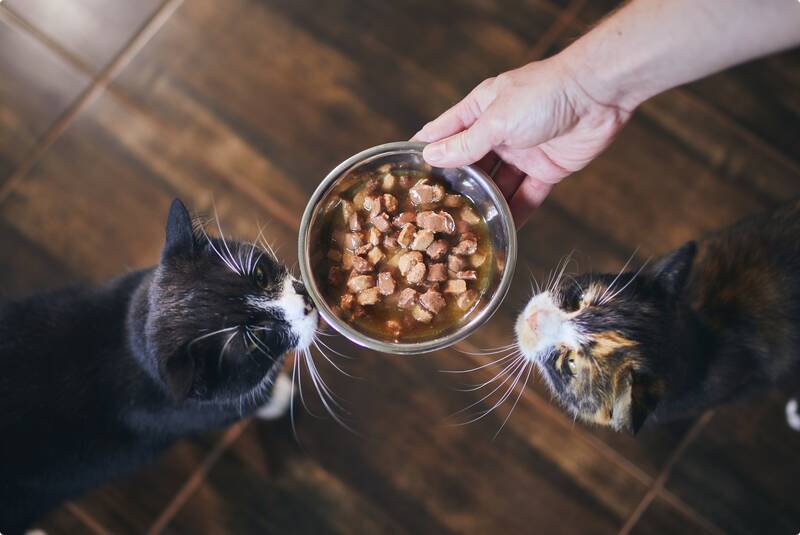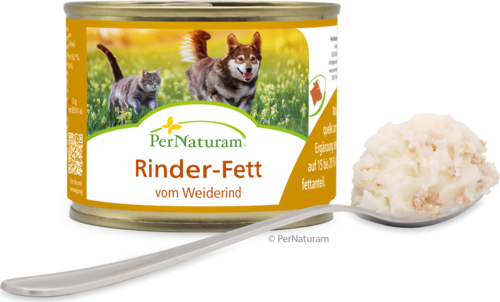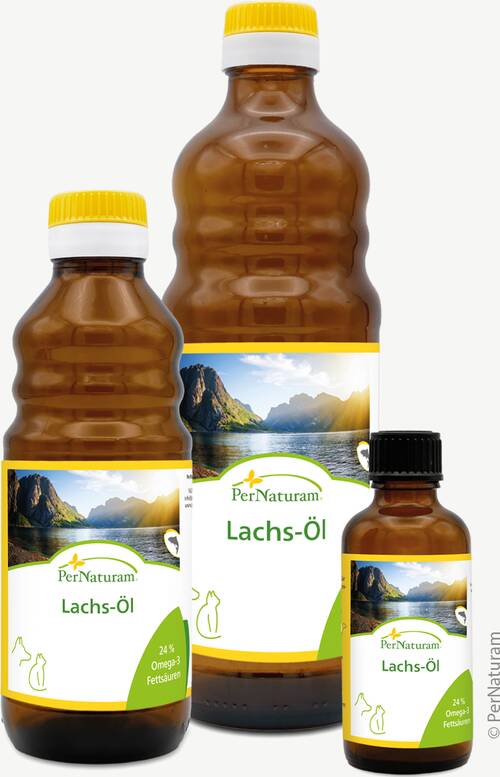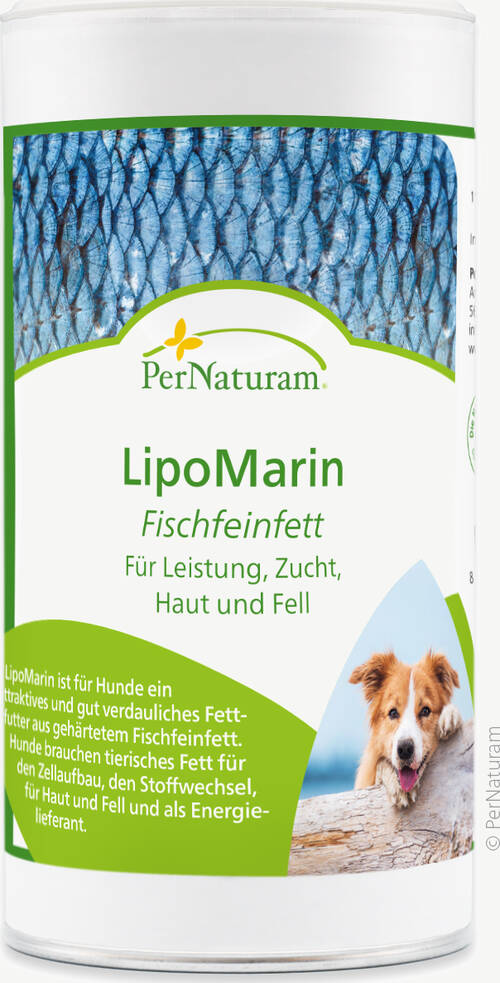Your dog, your cat - yes, and humans too - need about 50 essential nutrients (amino acids, vitamins, minerals, fats). The body cannot produce these substances itself, but they are vital because they are absolutely necessary for healthy organ functions.
Therefore, these nutrients must be obtained from food. Only two of these vital nutrients belong to the fats and oils, namely linoleic acid (LA, omega-6 fatty acid, diunsaturated) and alpha-linolenic acid (ALA, omega-3 fatty acid, triunsaturated). These two representatives of the omega-3 and omega-6 fatty acids are therefore the most important essential fatty acids (EFA). They are i.a. Known for its positive effect on the functions of the skin of animals (fur, hair coat; e.g. with itching, eczema), on inflammatory processes in the body and the cardiovascular system. EFAs are important components of the cell membranes (cell envelopes) and are needed for their healthy function - that is, they serve to keep the cells healthy and thus ultimately the entire metabolic process!
The designation Omega-3 indicates the position of the first double bond of the fatty acid. In this example, the first double bond is at the 3rd carbon atom, counted from the end of the carbon chain (hence omega = last letter of the Greek alphabet), opposite the carboxy group (COOH group) characteristic of fatty acids. On the other hand, if the first double bond is on the 6th carbon atom, the fatty acid is called omega-6.
It is not only the absolute quantity of fat intake from the feed that is decisive, but in particular the ratio of omega-6 to omega-3 fatty acids in the food (this also applies to human nutrition in all respects!).




